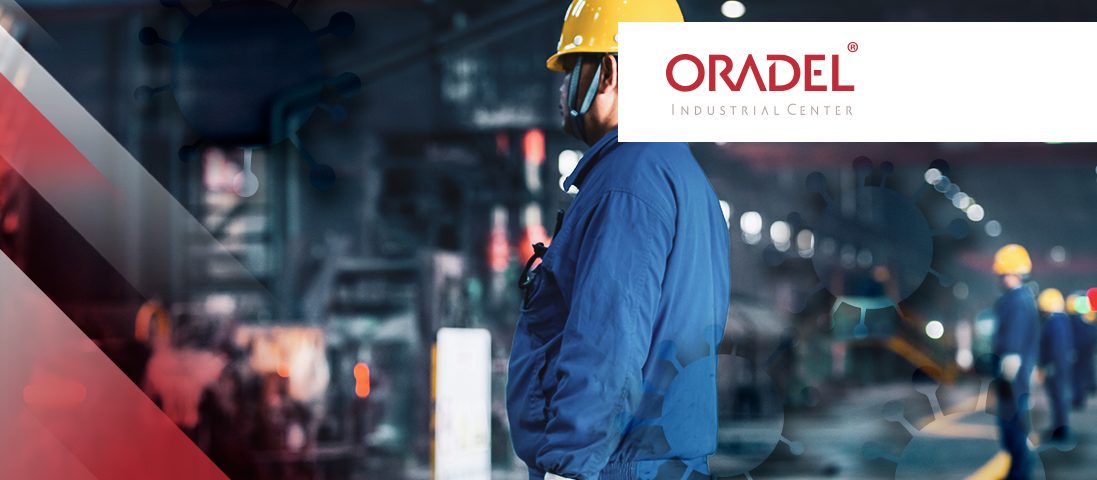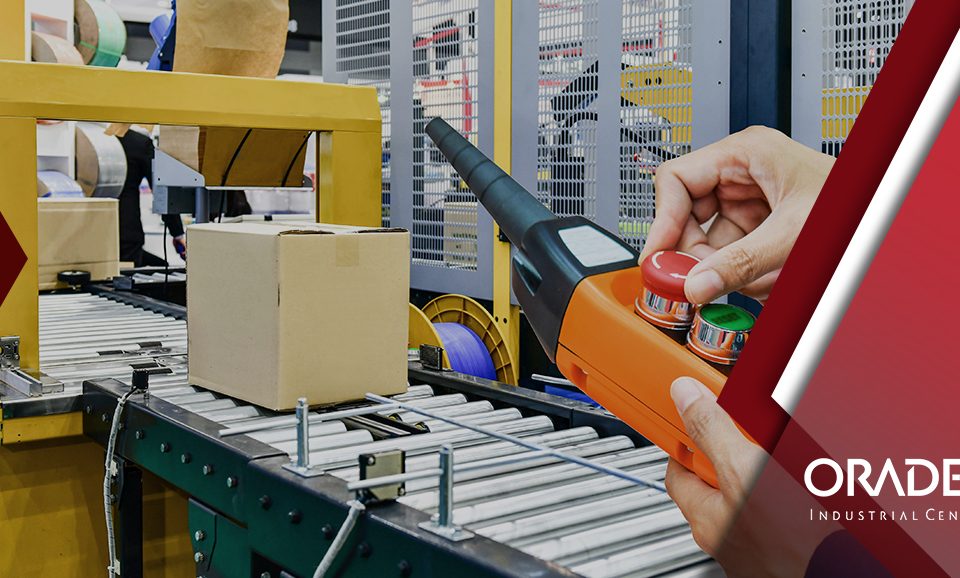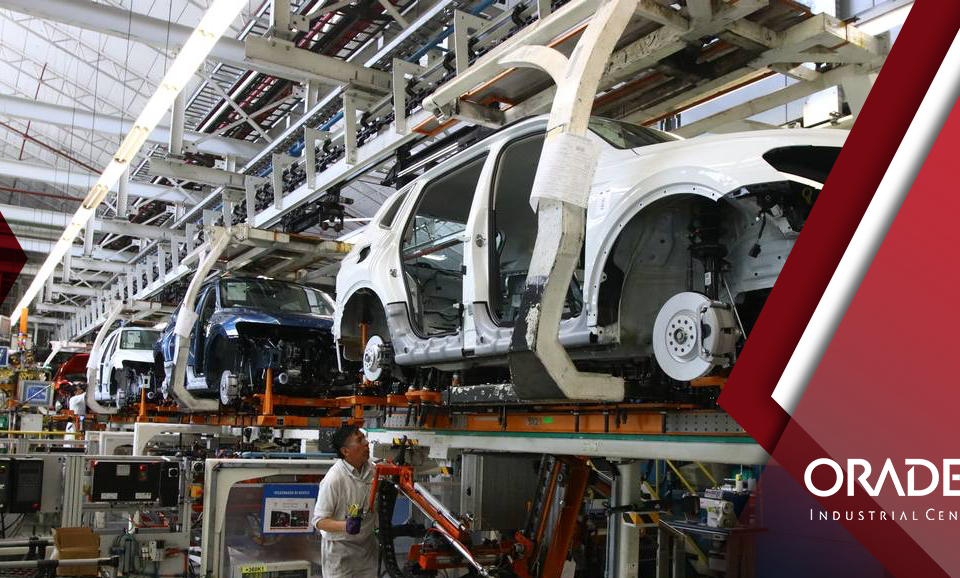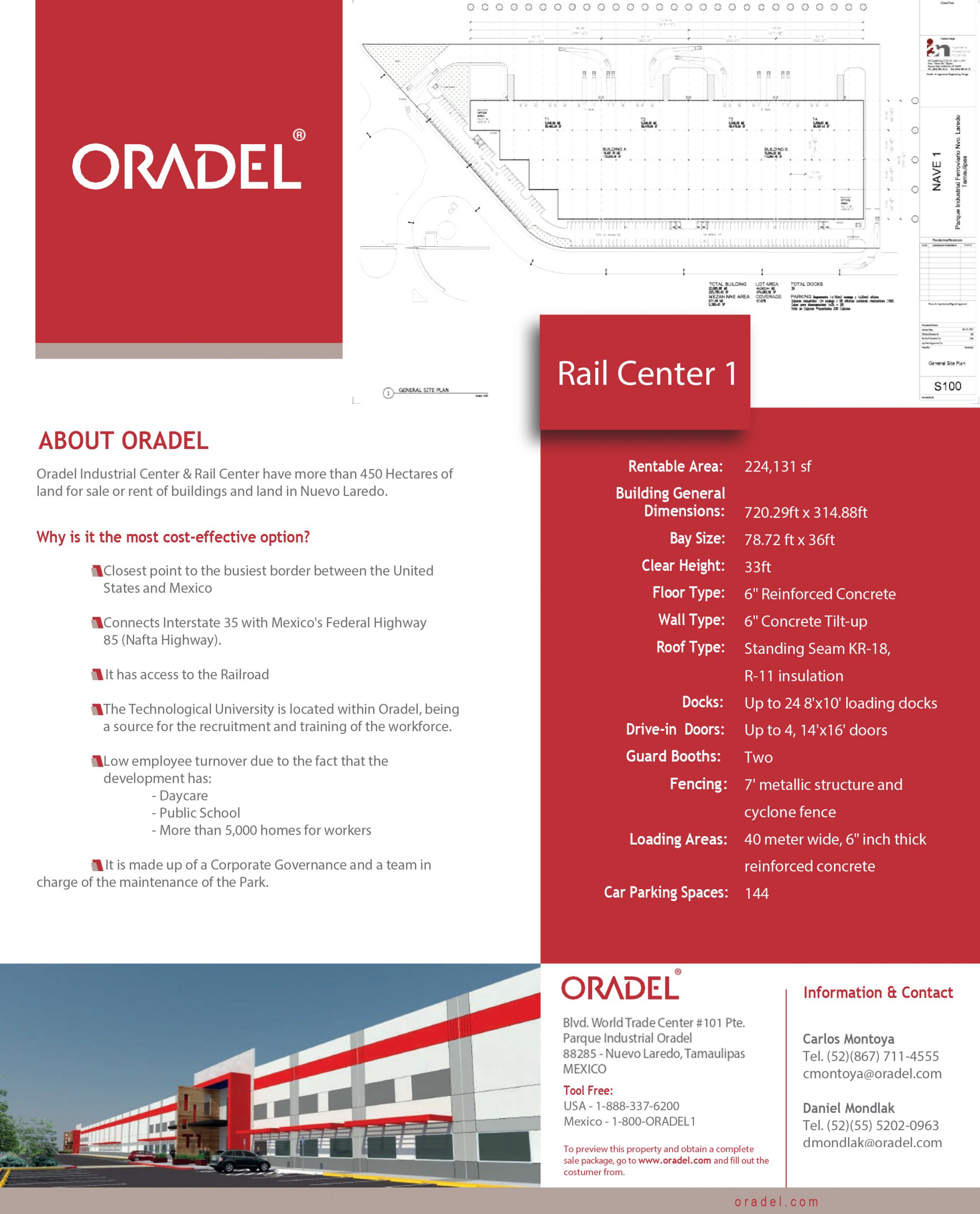COVID-19 and the future of manufacturing

Supply chain changes through 3D printing
13 July, 2020
The impact of e-commerce on industrial typology
13 July, 2020
COVID-19 and the future of manufacturing
According to Alejandro Canela, Vice President and Country Manager of Siemens Digital Industry Software for Mexico and Central America, and Rene Wolf, Senior Vice President of Manufacturing Operations Management Software at Siemens Digital Industries Software, as the various phases of the COVID-19 crisis have unfolded, global collaboration has been a major factor in shaping the response of businesses across the global supply chain.
The pandemic has changed the collective mindset, having a long term impact on all manufacturing industries. This change is likely to result in more collaborative and flexible environments.
For example, in manufacturing, collaborative trends such as crowdsourcing will change the way specialists’ ideas are built, designed and overlap, removing operational boundaries, which will lead to positive results that will accelerate future innovation.
Differences between each industry sector
The immediate impact on the manufacturing industry depends on its manufacturing process. In general, the effects that have been observed in purchasing behavior and consumer reactions, radically affect manufacturing planning. Production can be stopped or rapidly accelerate, generating a domino effect along the supply chain.
There is a clear reduction in demand in the global environment. In the automotive industry in Germany, where it is a major industry, manufacturers have been closing their plants for weeks.
Production has also accelerated in the medical device industry. Manufacturers are struggling to keep pace with the increasing demand and changes in their deliverable product range, as facilities are highly optimized to produce a specific range of products. The current demand calls for different goods at different times in different places.
Other significant changes have been seen in companies that produce alcoholic beverages. Some of them are now producing hand sanitizers in large quantities, requiring rapid adjustments to the production lines.
Meanwhile, manufacturers with 3D printing capabilities are filling the supply gap for essential Personal Protective Equipment (PPE).
In all of these examples, adapting to manufacture a line of new products is very difficult, as it takes time, not only to produce the product, but to do so efficiently and to the necessary quality standards.
Challenges for manufacturers
One of the most important factors that affects the ability of manufacturers to act in these circumstances is size. Small and medium-sized manufacturers with local supply chains have been less equipped to cope with the current situation. In many cases, their supply chain was suddenly halted, without any alternatives.
However, large companies have a different level of preparedness, alternatives, and resources to create contingency plans.
The effects on the industry in the future
It’s clear that no one was prepared for a situation like the one we are experiencing today, in which global market demand has bottomed out, and supply chains are being disrupted.
However, as the pandemic continues to unfold, manufacturers will rethink how they organize their processes and supply chains, which present critical gaps in their digital infrastructure, and there will be a continued urgency surrounding cost pressure and profit margins.
In addition, digital transformation efforts will be accelerated to create a more agile manufacturing that can respond to market changes faster, and with more flexibility.
The road to digitization
For a manufacturer looking to map out its digital transformation, the first step is to gain visibility and transparency. From there, a company can begin to prioritize process automation, including supply chain constraints.
Subsequently, the traceability and quality management, and the control and implementation of standards in the production plant are analyzed. Lastly, a complete digital manufacturing infrastructure that links design and planning processes with production is analyzed.
In addition, manufacturers should consider upgrading the tools, technologies and processes. This will motivate the next generation of employees, creating new business models that include technology partnerships and a digital infrastructure that sustains increased capacity and business efficiency.
Oradel and its commitment to manufacturing
Since its founding in 2000, Oradel Industrial Center has been the choice for companies seeking to establish their manufacturing operations in Mexico.
Oradel’s industrial park offers competitive advantages such as a strategic location, as well as the opportunity to construct buildings and industrial warehouses according to the needs of each company, allowing them to introduce technology and digitization processes.





